Geometric Ornamental Design
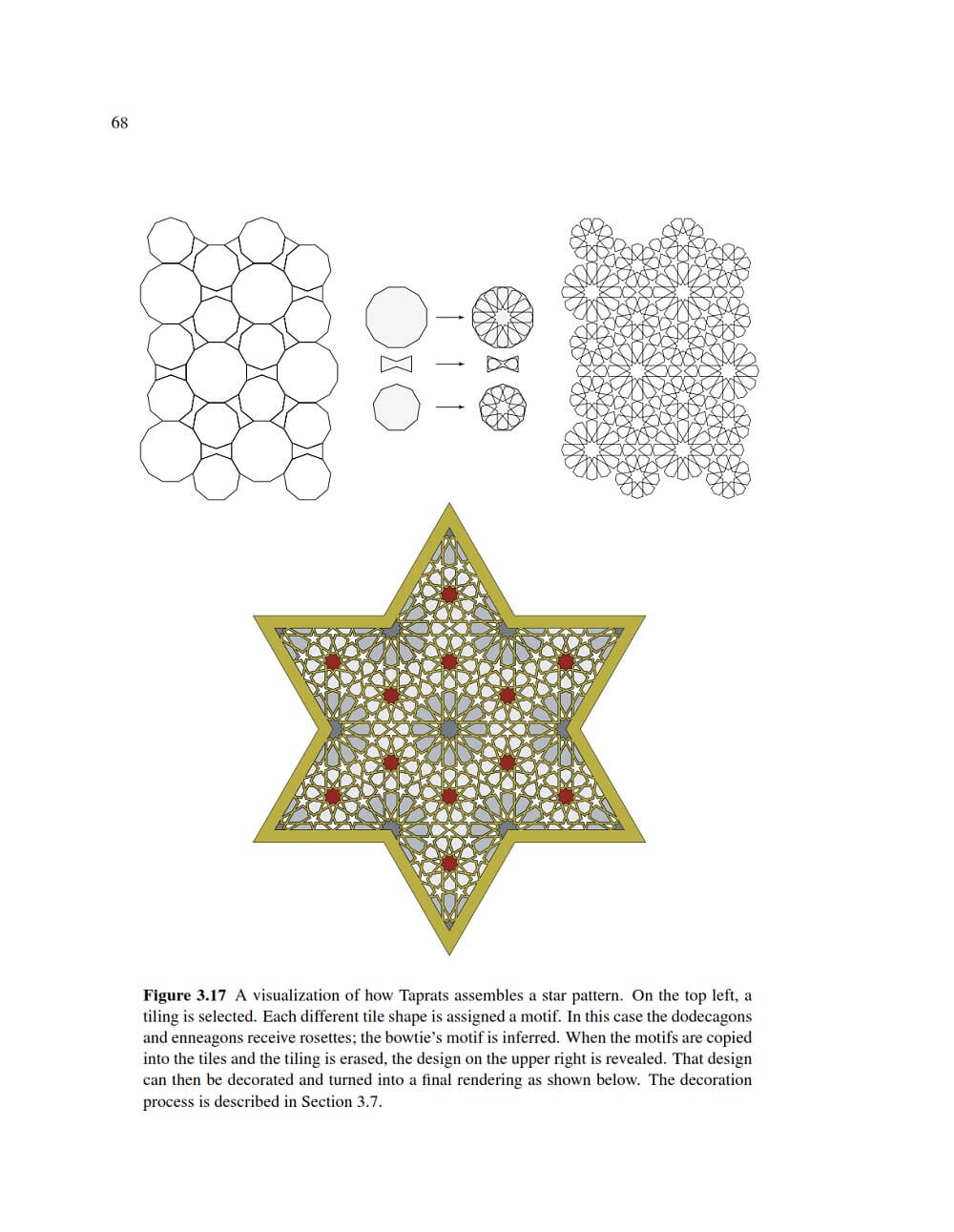
Throughout history, geometric patterns have formed an important part of art and ornamental design. Today we have unprecedented ability to understand ornamental styles of the past, to recreate traditional designs, and to innovate with new interpretations of old styles and with new styles altogether. The power to further the study and practice of ornament stems from three sources. We have new mathematical tools: a modern conception of geometry that enables us to describe with precision what designers of the past could only hint at.

We have new algorithmic tools: computers and the abstract mathematical processing they enable us to perform calculations that were intractable in previous generations. Finally, we have technological tools: manufacturing devices that can turn a synthetic description provided by a computer into a real-world artifact. Taken together, these three sets of tools provide new opportunities for the application of computers to the analysis and creation of ornament.
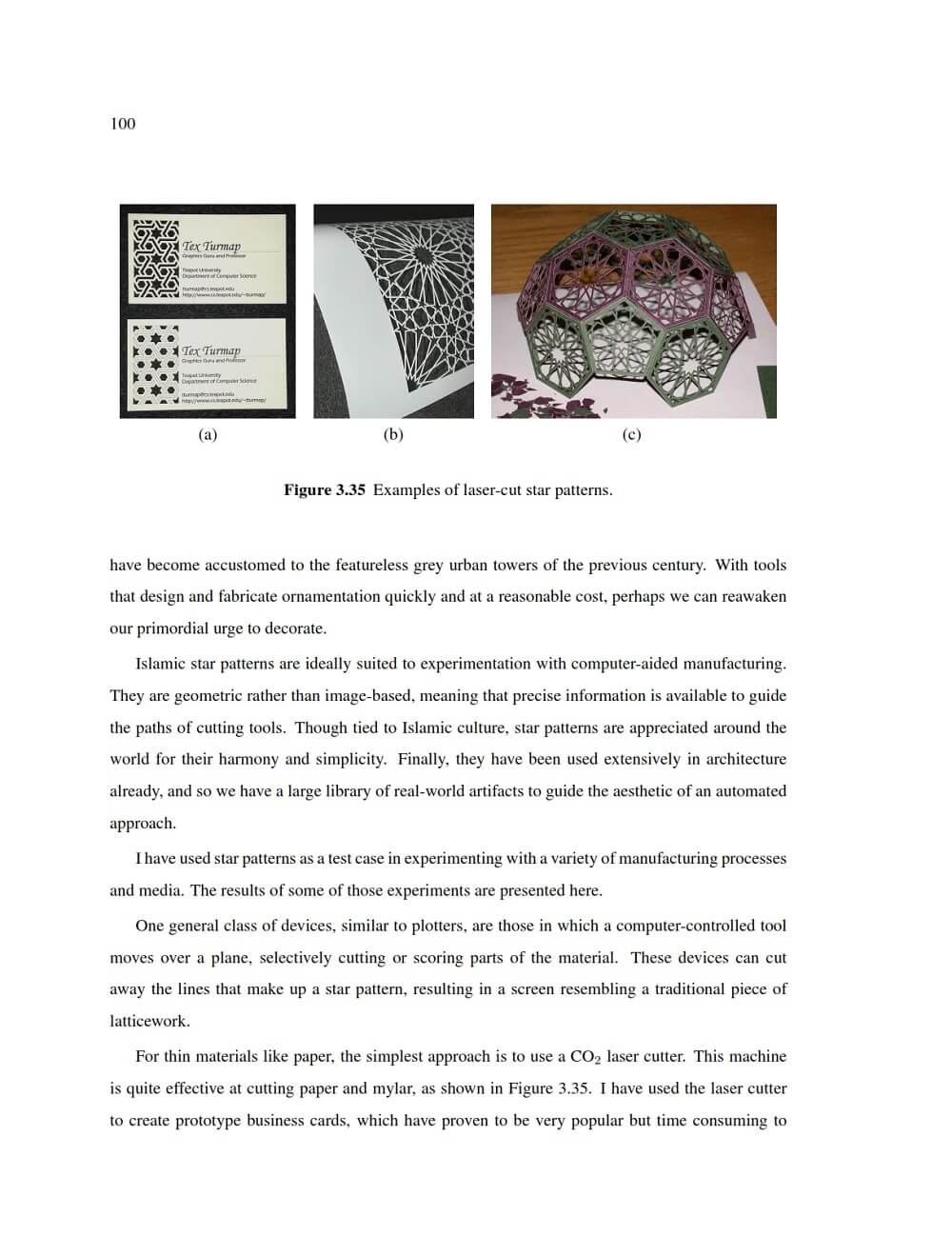
In this dissertation by Craig S. Kaplan, author present his research in the area of computer-generated geometric art and ornament. He focused on two projects in particular. First he developed a collection of tools and methods for producing traditional Islamic star patterns. Then he examined the tesselations of M. C. Escher, developing an “Escherization” algorithm that can derive novel Escher-like tesselations of the plane from arbitrary user-supplied shapes. Throughout, he showed how modern mathematics, algorithms, and technology can be applied to the study of these ornamental styles.
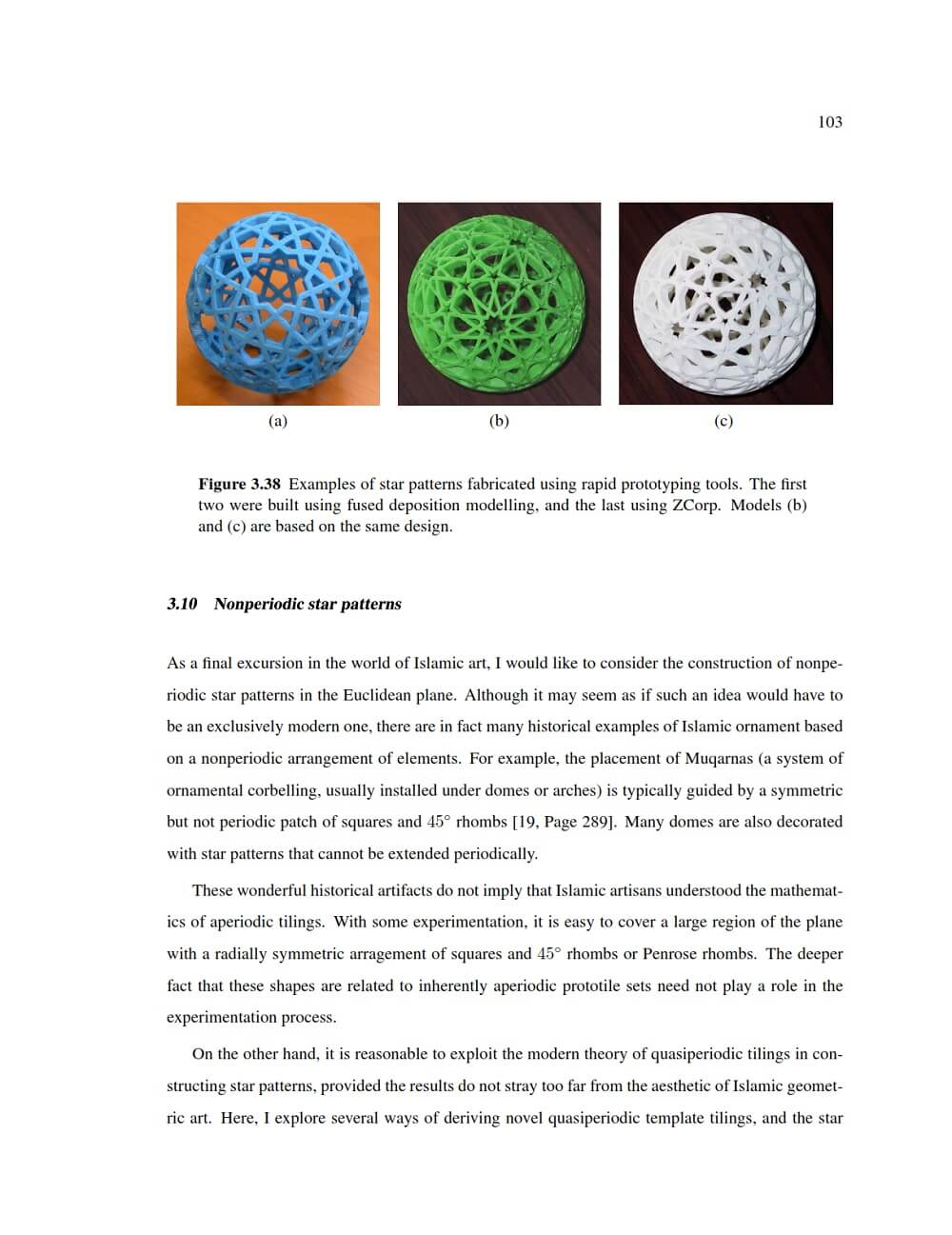
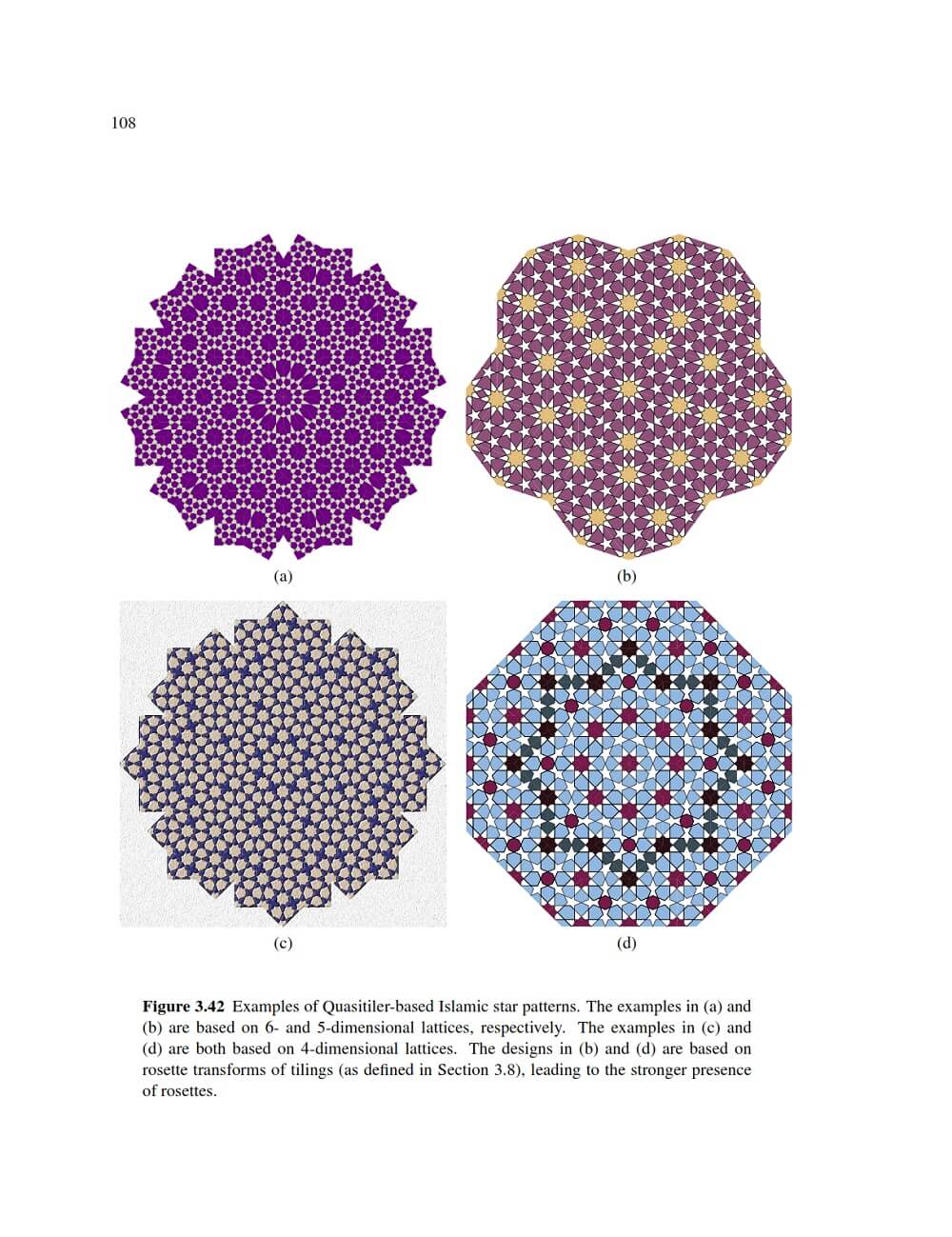
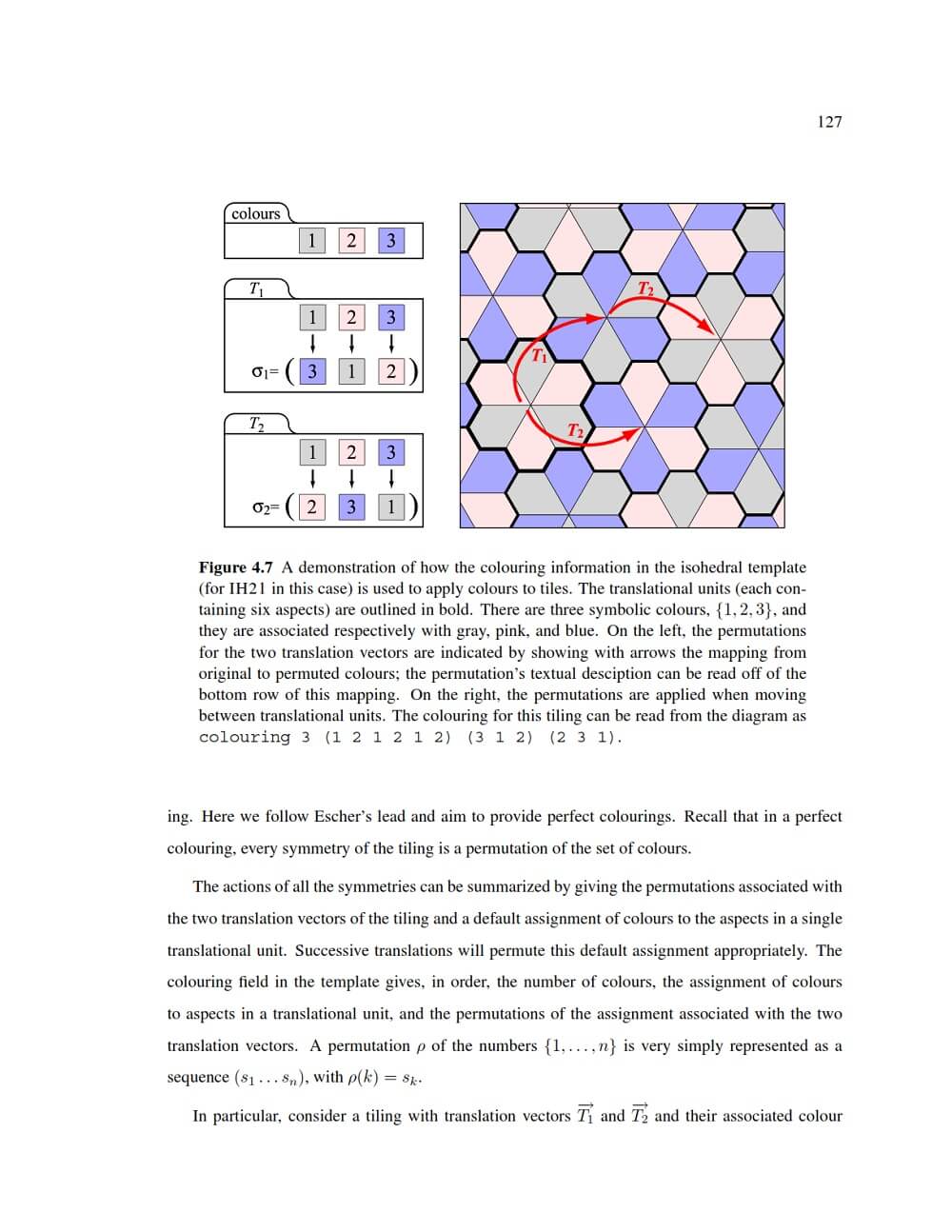
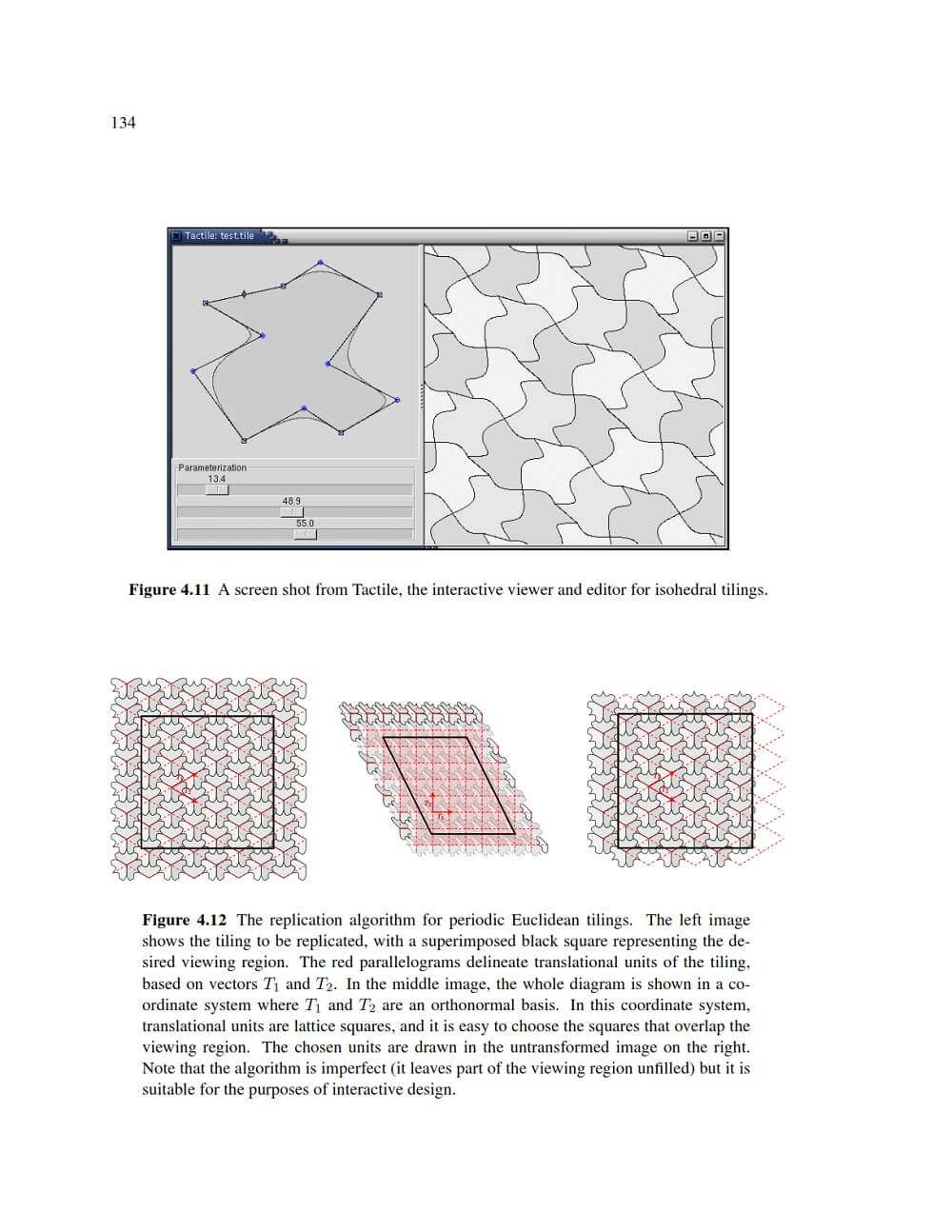
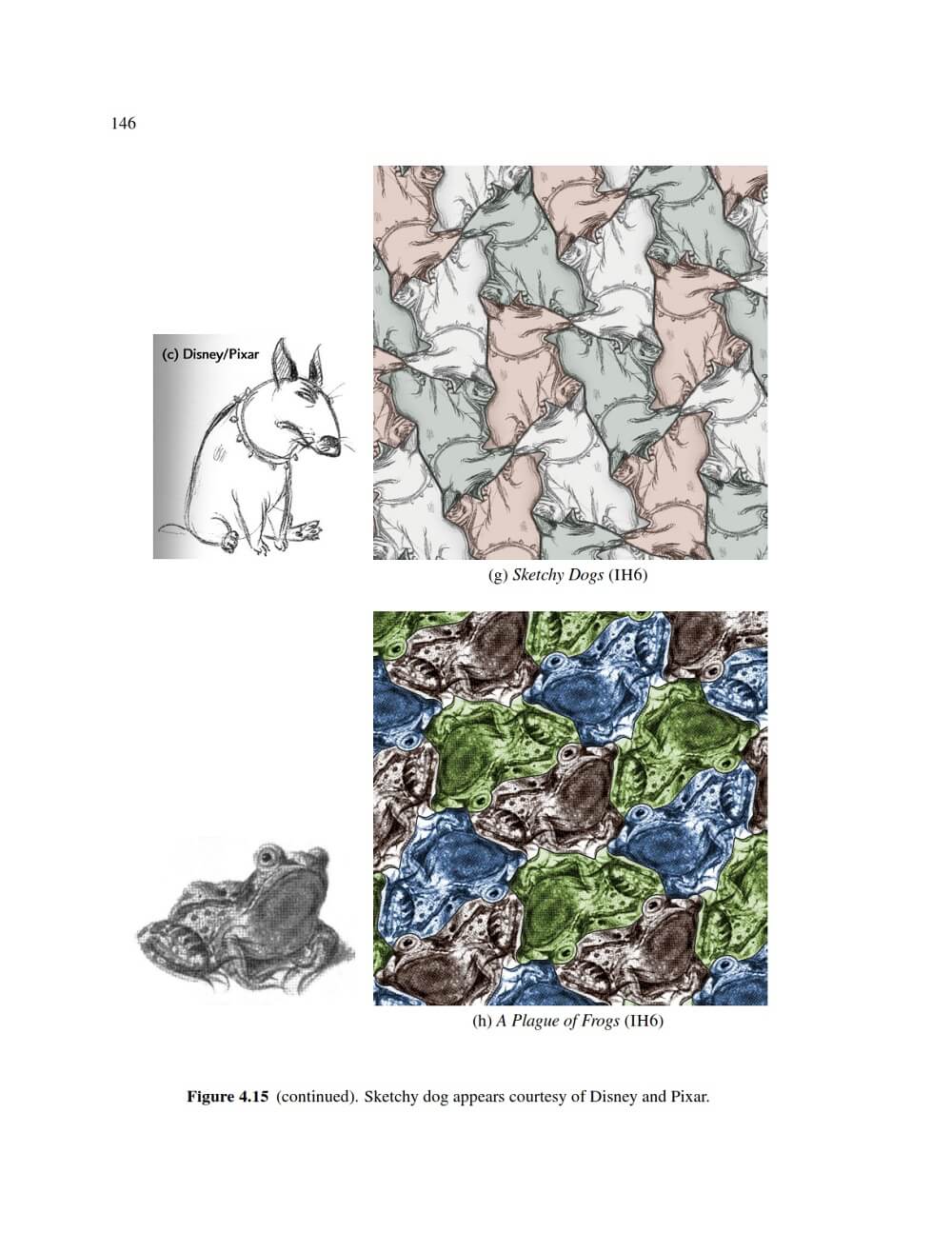
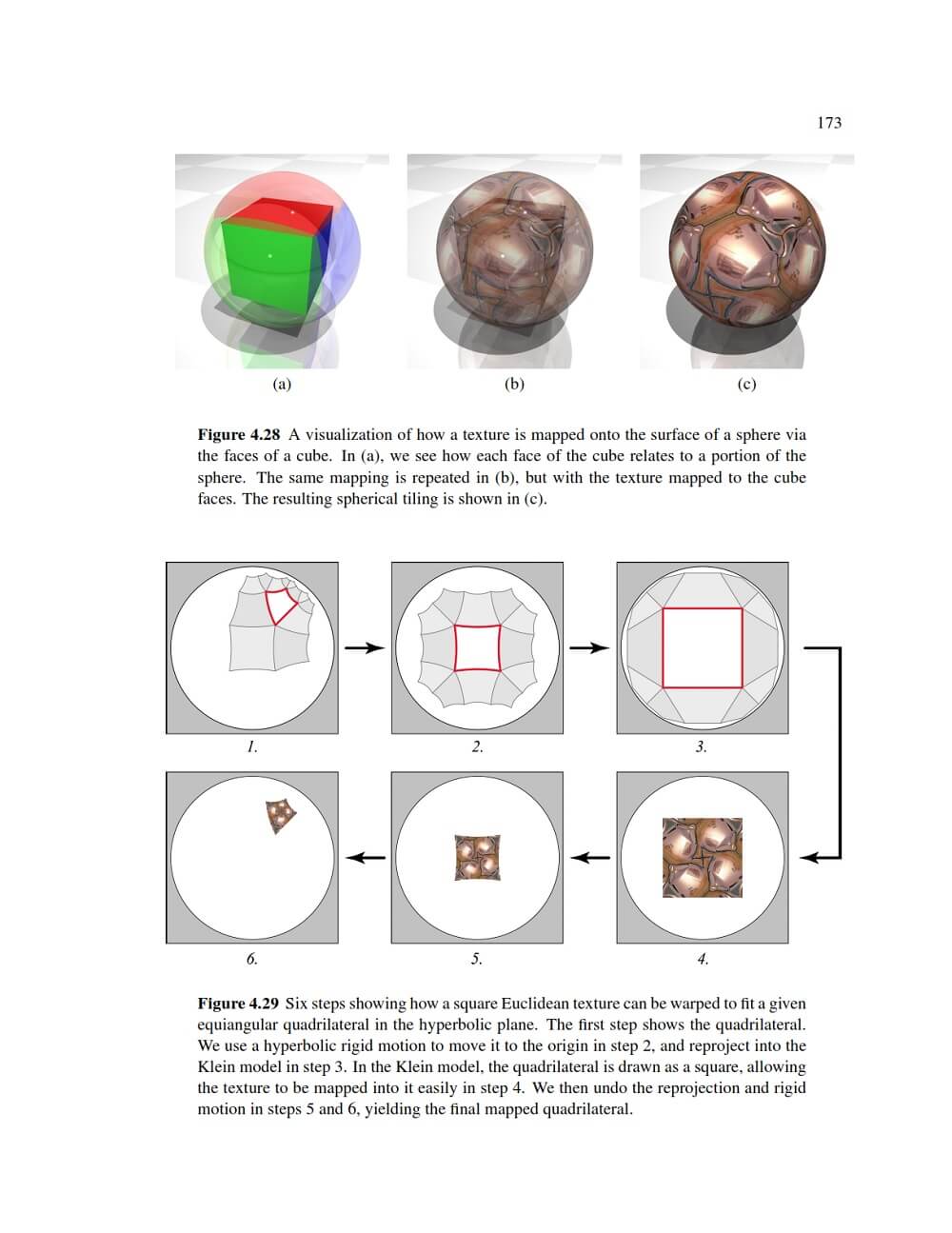
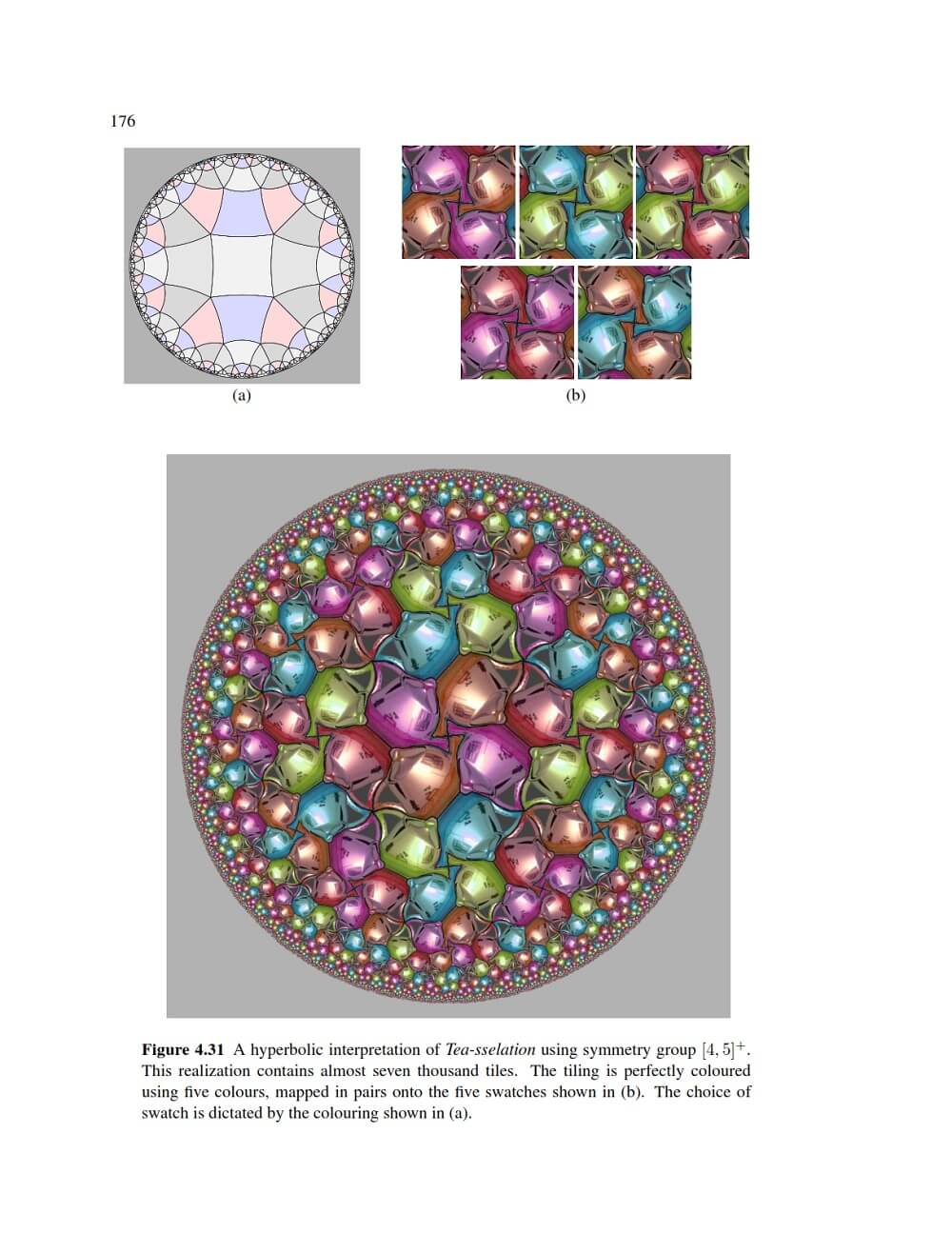

























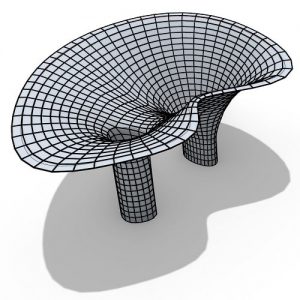
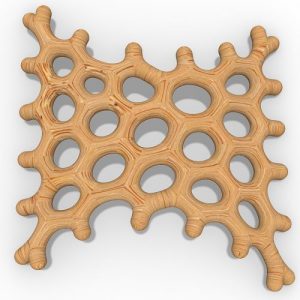
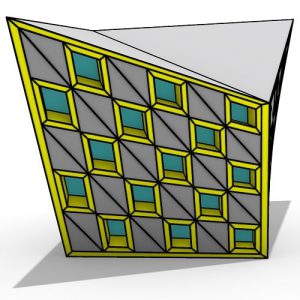
Comments
Phill837
Is there an example file that goes with this? I am seeking more information about how to trim the tesselation using a square for the purposes of splitting surface and baking the cells.
rezae
Hi, You can easily use” Geometric Region” by Heteroptera Plugin or if it didn’t work you can use “Network Region” by Parakeet.